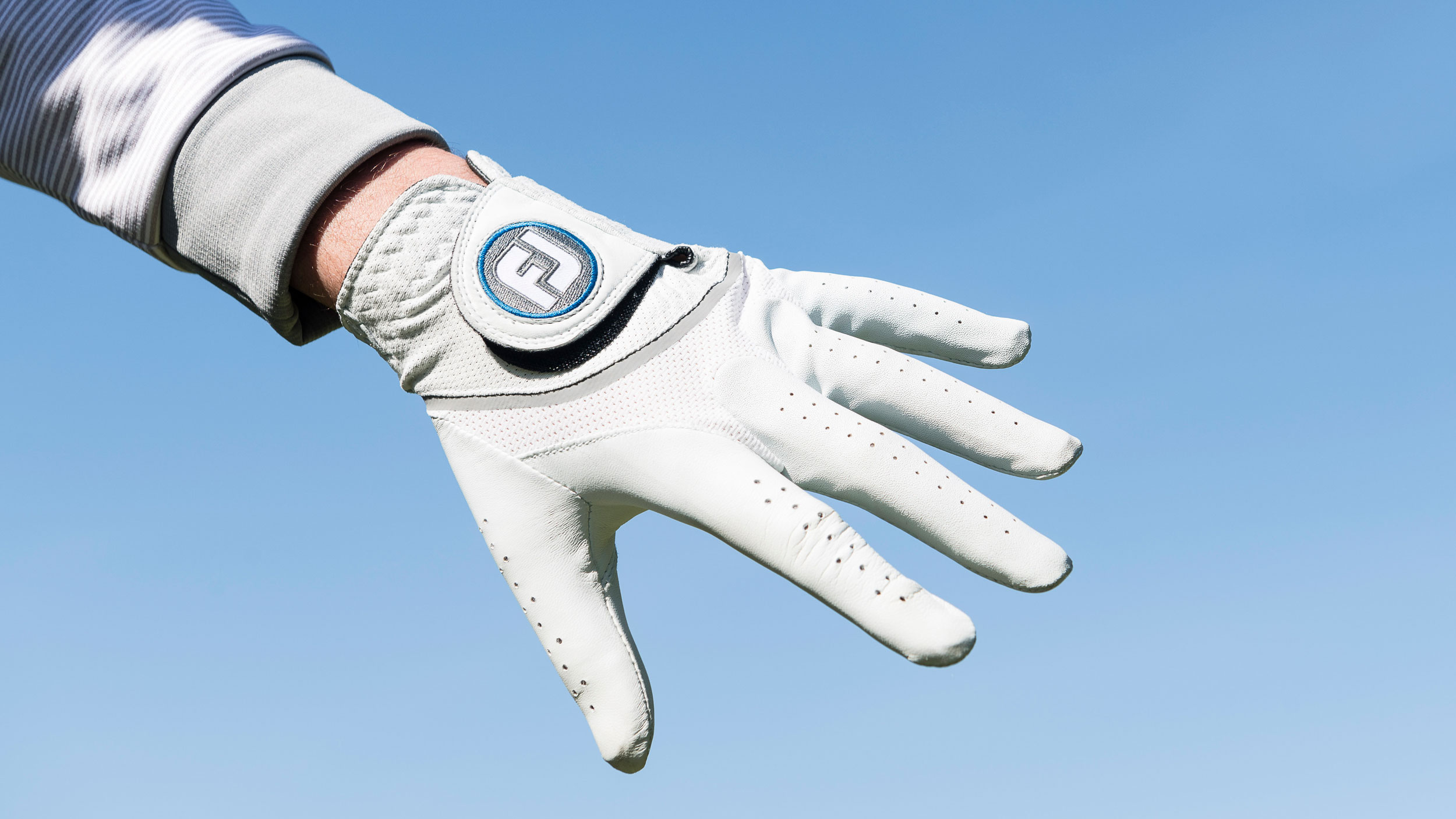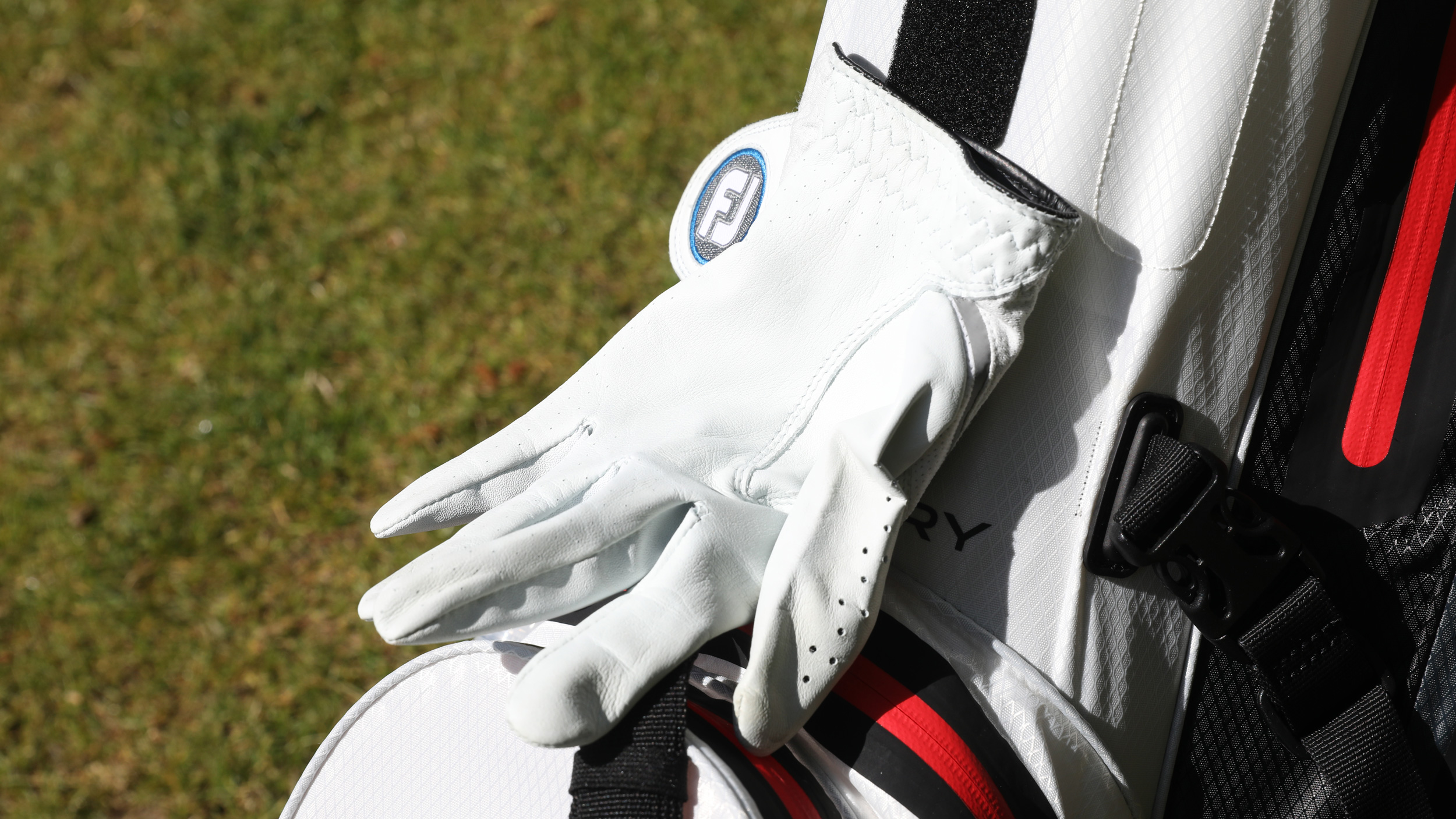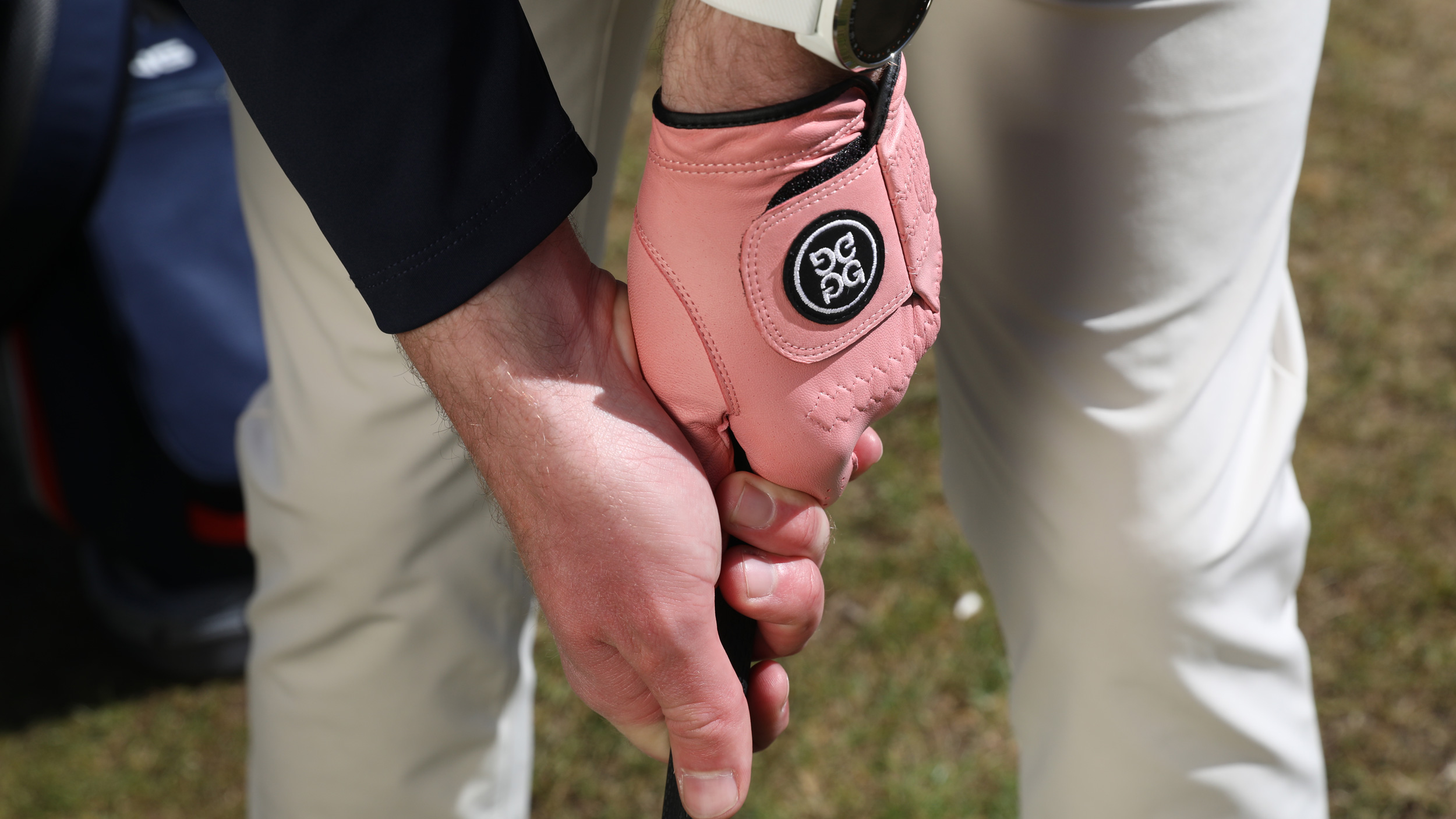How To Make Golf Gloves Last Longer
We explain seven simple ways to maximise the lifespan of your golf glove and ultimately save money


How To Make Golf Gloves Last Longer
Golf gloves are an essential piece of kit for the serious golfer, creating a better connection with the club handle and providing a thin barrier between the club and the skin on your hand to prevent blisters and soreness building up during the round.
The price of golf gloves ranges from around $10 to $40 depending on the brand and the material the glove is made of. Synthetic gloves tend to be cheaper and more hard wearing, but don’t offer the feel or moisture management properties of the cabretta leather gloves preferred by Tour players. The best golf gloves are made of leather because they feel softer and offer better traction, but wear marks and creases appear faster and they lose their shape more easily over time.
Much of how long a leather golf glove lasts comes down to how it is looked after, typically you'd be looking at a leather glove to last between 15-20 rounds. We’ve compiled a list of tips and tricks that should help extend the lifespan of your glove, maximising your time with it before you eventually have to part ways. If you're looking for inspiration, check out our guides on the best wet weather golf gloves, best FootJoy golf gloves and the best golf gloves for winter.
Get The Correct Size
A golf glove should feel like a second skin - snug but not too tight. A glove that is too big leads to friction inside, causing the glove to wear out faster and even blisters to appear. There should be no excess material in the end of the fingers and on the palm, which you shouldn't be able to pinch. Never adjust your glove by pulling on the cuff around wrist as this could cause it to tear, just smooth glove out with your other hand.

There's shouldn't be any excess material in the palm of the glove that you can pinch with your fingers
Store It Properly
After your round, don’t just stuff your brand new glove in the pocket of your golf bag as this could cause the leather to change shape or get punctured if you throw it in with tees and pencils. Providing it is clean and dry, stretch it back to its original shape after play to maintain its suppleness by bringing the natural oils of the leather to surface. Then return it to its original packet in the same arrangement as it was when you first took it out. This ensures the glove will be at its best when you next need it.
Rotate gloves for practice and competition
Would you rather have the best fit and feel when smashing driver on the range or when you’re on the first tee? There’s no need to warm up or practice with a brand new glove so in these situations, go back to a used glove and accumulate more wear and tear on this one, saving your new leather glove for the round when you need it to perform. Consider taking your glove off between shots to stop sweat building up inside the glove. Despite the performance on offer from the best golf gloves for sweaty hands, perspiration can affect both durability and performance. Some golf bags, like the Titleist Players 4 Plus StaDry pictured below, have a Velcro tab for easy glove storage if you don't want to keep it in your pocket.
Subscribe to the Golf Monthly newsletter to stay up to date with all the latest tour news, equipment news, reviews, head-to-heads and buyer’s guides from our team of experienced experts.

Don’t dry them on a radiator
The temptation when your glove gets wet from playing in the rain is to dry it quickly using a hairdryer or radiator. But this will cause the leather to go hard, crusty and potentially crack. The same applies when you’ve been playing in hot weather and your glove gets sweaty. The best way to dry your glove is it let it dry out naturally with only very gentle heat if any at all. It might take a bit longer, but it should go back to its original state with that same responsive feel we all love from a glove.

Check your grip
Holding the club in an unorthodox or sub optimal way can cause wear marks to appear more quickly. Thumb wear suggests you may be extending your thumb too far down the grip while heel wear implies you may be re-gripping at the top of your swing or you may be holding the club too close to the top of the grip. Wear on the palm itself suggests your hands may be slipping during the swing or you’re gripping the club too much in the palm rather than the fingers, so rectifying your questionable grip could help get more rounds out of your glove. Read our step by step guide to the perfect golf grip if you think yours needs some attention.
Switch to synthetic
Synthetic gloves are more resistant to the strains put on them during the golf swing and so if you want your golf glove to last longer, this is an easier route to go down. They also tend to be cheaper and are less prone to stretching over time but won’t offer you that soft, pleasing feel on the club that a leather glove provides so you will be sacrificing something.
RELATED: Which hand do you wear a golf glove on?

Wear a different color
Most golfers gravitate towards a white glove because it’s what the best players in the world use but this color does show dirt and wear marks much more vividly than darker colours, so perhaps think about switching to a different color to hide the usual signs of wear that build up over time a little better. This G/FORE Men's Collection glove, for example, comes in 12 color options so would be a good route to go down if you want to add some personality to your outfit, along with the FootJoy Spectrum.

Joel has worked in the golf industry for over 15 years covering both instruction and more recently equipment. He now oversees all equipment and video content at Golf Monthly, managing a team of talented and passionate writers and presenters in delivering the most thorough and accurate reviews, buying advice, comparisons and deals to help the reader or viewer find exactly what they are looking for.
One of his career highlights came when covering the 2012 Masters he got to play the sacred Augusta National course on the Monday after the tournament concluded, shooting a respectable 86 with just one par and four birdies. To date, his best ever round of golf is a 5-under 67 back in 2011. He currently plays his golf at Burghley Park Golf Club in Stamford, Lincs, with a handicap index of 3.1.
Joel's current What's In The Bag?
Driver: Titleist GT3, 9°, Fujikura Ventus Black 6 S shaft.
Fairway wood: Titleist TSR3, 15°
Hybrid: Titleist TSi2, 18°
Irons: Titleist T150, 4-PW
Wedges: Titleist Vokey SM10, 50°, 54° and 58°
Putter: LAB Golf DF3
Ball: 2025 Titleist Pro V1x